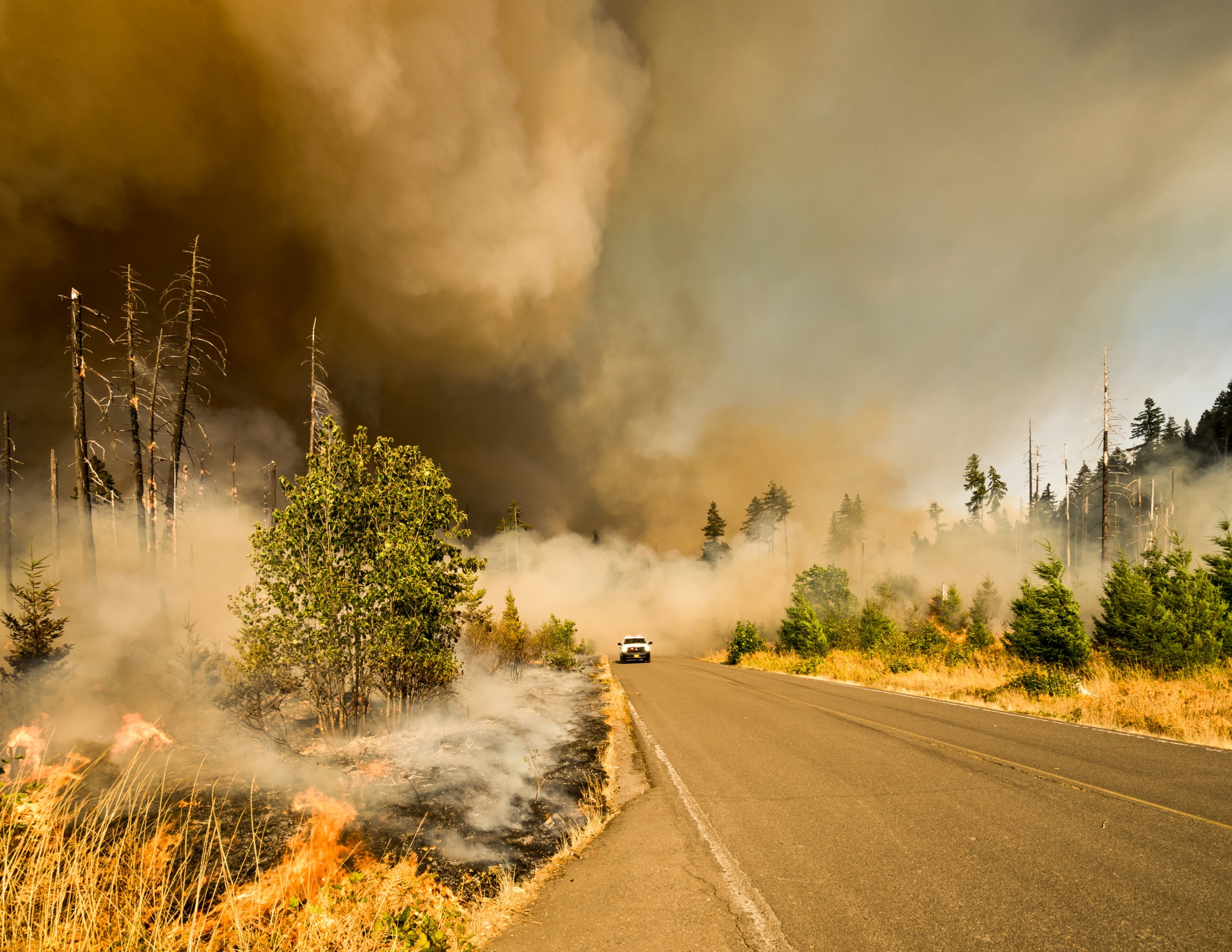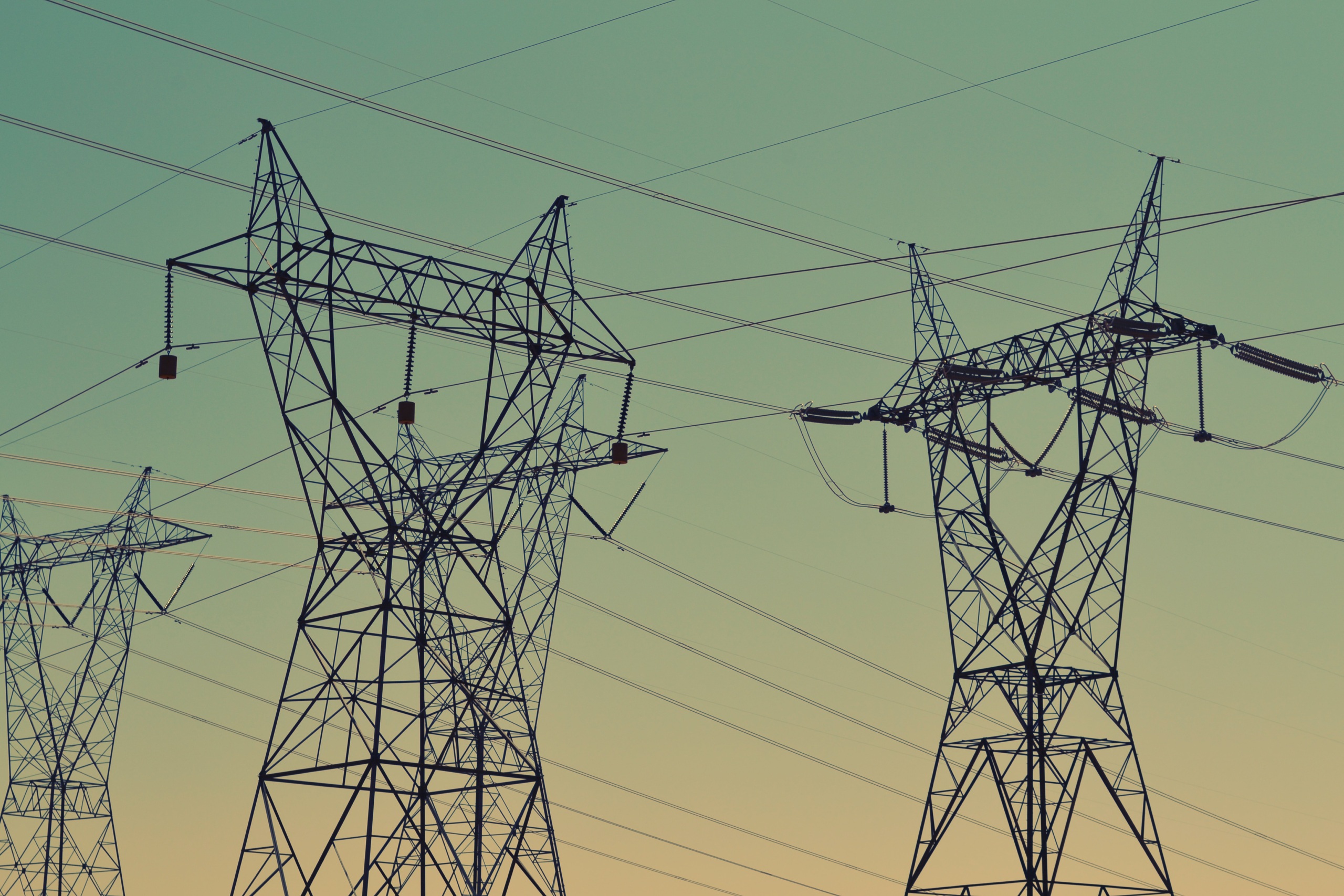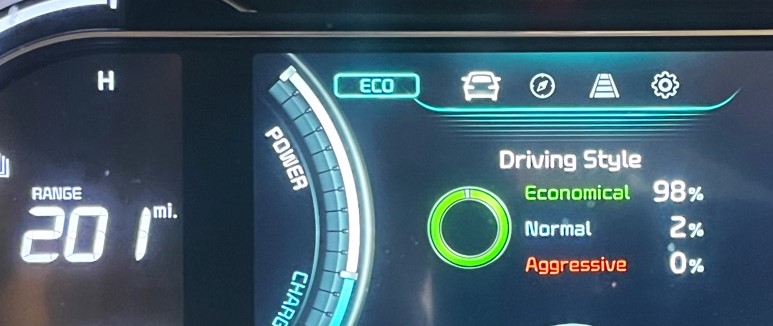The Regional Greenhouse Gas Initiative: How Far We’ve Come, How Far We Could Go
Our new report with Environment America, Doubling Down on Climate Progress: The Benefits of a Stronger Regional Greenhouse Gas Initiative, explores what RGGI has accomplished in the region so far, and what the program could accomplish if strengthened.
The Regional Greenhouse Gas Initiative (RGGI), a regional climate protection program in the Northeast and Mid-Atlantic, is one of the strongest examples of U.S. states leading the way on climate action. This program, created by a bi-partisan group of governors in 2005, is the nation’s first multi-state carbon emissions policy. RGGI works by limiting carbon dioxide pollution from electric power plants, and by making power plant owners pay to emit pollution, it generates revenue that states largely re-invest in energy efficiency, clean energy and other programs to benefit the environment and consumers. RGGI is currently active in nine states: Connecticut, Delaware, Maine, Massachusetts, Maryland, New Hampshire, New York, Rhode Island and Vermont.
Our new report with Environment America, Doubling Down on Climate Progress: The Benefits of a Stronger Regional Greenhouse Gas Initiative, explores what RGGI has accomplished in the region so far, and what the program could accomplish if strengthened.
The benefits since the program’s finalization in 2005 have been impressive. So far, RGGI has:
- Helped to cut carbon dioxide pollution from power plants in half since 2005 (the year the policy was finalized), the equivalent of retiring 22 dirty coal-fired power plants.
- Helped to clean our air – prolonging 600 lives over six years, preventing 9,000 asthma attacks, and averting respiratory illnesses that otherwise would have caused 43,000 lost work days.
- Generated $2.6 billion for states to invest in clean energy, energy efficiency and consumer benefit programs, driving more local clean energy projects and strengthening communities across the region.
- Helped to reduce electricity consumption by 5 percent since 2005- even as the regional population grew by 7 percent, and the economy grew by 10 percent.
- Given a boost to clean energy, helping to increase solar power generation by more than 75 percent since 2012 and helping to more than double wind power since 2008.
- Locked in more than $4.6 billion in savings on energy bills for citizens and businesses over time –an incredible return of $3.50 in energy bill savings for every dollar spent on clean energy.
The program is currently undergoing review in the nine RGGI states to decide its future. As good as the Regional Greenhouse Gas Initiative is, the Northeast states could make it even better. Doubling the strength of the program beginning in 2020 would:
- Cut carbon dioxide pollution in half below current levels by 2030. The program could prevent twice as much pollution as compared to keeping the program on its current trajectory of carbon emissions. Over a decade, that would add up to an additional 100 million tons of pollution avoided – or the equivalent of making more than 1 million homes run entirely on solar power.
- Invest almost twice as much in clean energy over the decade from 2020 to 2030– enough to weatherize more than 7 million homes, or almost every household in New York state. In total, our report estimates that doubling the strength of the cap on pollution would generate on the order of $18.7 billion over ten years – compared to $9.7 billion in revenues if the states keep the program at its current strength.
- Help states achieve climate goals. A comprehensive analysis by Synapse Energy Economics showed that doubling the strength of the Regional Greenhouse Gas Initiative is part of the most cost-effective pathway to achieving our 2030 goals for slashing global warming pollution across our entire economy.
With the President’s new executive order rolling back key protections in the Clean Power Plan, states can no longer rely on Washington, D.C. for climate leadership. Programs such as the Regional Greenhouse Gas Initiative present opportunities for states to take their own actions on climate policy. Doubling the strength of RGGI would be a start to create a cleaner, healthier environment for the region, and a model for us all.
Topics
Authors
Find Out More

Five key takeaways from the 5th National Climate Assessment

Carbon dioxide removal: The right thing at the wrong time?

Fact file: Computing is using more energy than ever.

